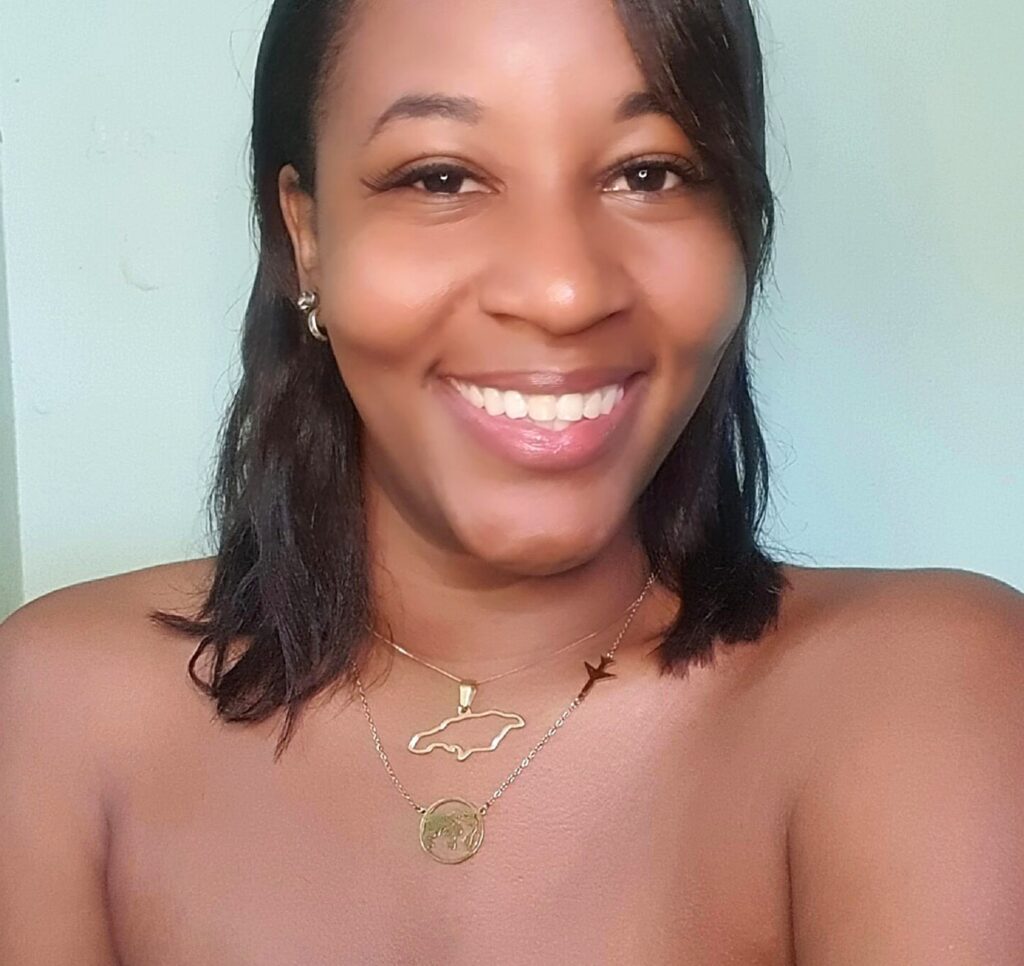Champagne― your first thought is probably the sparkling wine that goes hand flute in hand with celebrations. For many around the world, it is considered the quintessential sparkling wine. Did you know this drink is named after its origin? Champagne is the name of a wine region in northeastern France, about 90 miles from the heart of Paris. Champagne, France boasts more than 80 kilometers of vineyards producing an impressive variety of wines, crowned by none other than its namesake product. I took a trip to this beautiful, ground-breaking area for a full day of views, history, and bottles of bubbly. This Champagne wine tour from Paris was curated by Clewel Travel.
Friendly and professional guides, Valerie and Cyrus, provided on-time hotel pickup. It was intentionally a small group size including myself, a friend, another pair + our 2 tour guides. Even though the drive from Paris to Champagne, France was 1.5hours long, the learning began from inside the vehicle. The minivan ride was filled with knowledge and history about Champagne― the region and the wine ― complete with images and maps. The beige architecture of the city gradually shifted to vast, green countryside as we journeyed further into the renowned wine region.

Jump to Section:
Champagne Wine Region in France
The name ‘Champagne’ loosely translates to “open countryside”. This postcard area has sweeping vistas of vineyards rolling into hills carved by river trails and dotted by cottages. I spent much of the drive looking out the window admiring the lush landscape. Champagne’s environment, climatic conditions, and grape variety contribute to the exceptionality of the area. Its chalky soil sets it apart from other French wine regions, which possess limestone soils. The chalky terrain led to the development of sparkling wines in the 17th century.
By the way, before you continue…
Pin for future travels!


Champagne Wine Tour
During this wine tour we visited 3 wineries, the ‘champagne capital’, and burial site of the legendary Dom Pérignon. Our “champagne campaign” and round trip travel from Paris filled a great portion of the day, taking about 10hrs.
Champagne Mangin et Fils
This was the 1st and my favourite stop of the Champagne wine tour. It was a welcoming visit to what seemed and felt like someone’s home. Champagne Mangin et Fils is a family-owned business that spans 4 generations. The wines here come from Pinot Meunier grapes harvested at their valley farm. Inside a charming cottage we pulled up chairs around a living room table and met our host― one of the fourth-generation winemakers. After a little family background, it was time for some commented champagne tasting! The Champagne Mangin et Fils wines we savoured all had supple and fruity flavours. A box of their brut type was purchased for my birthday gift and will be popped for a special occasion (hopefully sometime soon)!


Champagne Mercier
The next stop on this Champagne wine tour was to Champagne Mercier, a large corporation. Once you step inside the establishment, there is a prized architectural marvel on full display― the world’s biggest wine barrel! This giant 20-tonne cask was visualized by Founder Eugène Mercier, and should hold the equivalent of 200,000 bottles of wine. An elevator outfitted with an audiovisual presentation descends 30 metres underground to Champagne Mercier’s cool wine cellar. A small, self-driving train transported us through 18 kilometres of tunnels filled with stored champagne bottles and bas-relief depictions of working cellar men. An audio tape shared the Champagne Mercier legacy throughout the leisurely ride on the tracks. After the tunnel tour, we returned to the surface to round off the visit with a champagne tasting session guided by a sommelier.




Champagne Francois-Principe Arnoult
Champagne Francois-Principe Arnoult is a wine cooperative nestled on a verdant mountainside. The expansive green estate provided the best view of the day, which can be admired from inside a panoramic room or a cozy terrace overlooking the vineyards. The factory exhibits a cohesive mix of older and modern traditions to produce its champagnes. The tour took us through a pressing centre, fermenting rooms, and wine cellars. A notable feature of Champagne Francois-Principe Arnoult is its sustainable practices, which prioritizes soil work over using chemicals. I bought a couple bottles here to take home for family members.



Winemaking: The Champagne Method
The term ‘champagne’ is now trademarked, and by law since 2006 cannot be used to describe sparkling wine produced outside of this French region. The Champagne wine tour takes you along the journey from grape to glass, showing the bubbly at its various stages of the intricate process. The “Champagne method” of winemaking is used in various places to produce sparkling wines, and due to the trademark is also referred to as the “traditional method” in other wine regions. It’s the classic sparkling vinification process― taking about 4.5 months― and the wine is aged for several more before drinking. This method is considered labour- and cost-intensive, making it only viable for high-end sparkling wines.
Champagne Sites
In 2015, many of its wine houses and sites were inscribed on the UNESCO World Heritage List for their historical ties to the production and sale of its globally-acclaimed prized product, champagne wine.
Epernay, Champagne
For lunch we visited Epernay, ‘the champagne capital’. It’s surrounded by wine hills and filled with some of the region’s most prestigious producers along L’Avenue de Champagne (Champagne Avenue). We parked in the heart of a small town centre and established a return time and meeting spot. An hour of free time was allotted to roam the old town and have a meal of choice. My time was mostly spent having lunch at a sidewalk bistro, a staple in French culture. I’ve tried my fair share of French-inspired eats in Kingston and Negril, and though they tasted good in my experiences they didn’t mirror the flavour of the authentic cuisine. The other members of our intimate group also decided to dine at the same restaurant, where we shared travel experiences and got more acquainted until our meals came.

Dom Pérignon Burial Place
Perched on the Reims Mountain slopes in the heart of Champagne is the Hautvillers village. Hautvillers is referred to as le berceau du champagne― which translates to “the cradle of champagne” ― because of the instrumental development of the famous drink here. This is where Monk Dom Pérignon, who was cellar master of the Abbey from 1668 ‘til his death, transformed the sparkling wine. Today, it’s hard to dissociate his name from Moët & Chandon’s trademark high-end champagne.
Dom Pérignon’s burial place rests inside the Saint-Sindulphe abbey church which overlooks the eastern valley. A quick stop to this small village and the church revealed his inscribed gravesite near the altar. This old church is in no way abandoned and still has regular mass; as we visited Dom Pérignon’s grave there were a few congregants inside in prayer.

Conclusion
This Champagne wine tour was a perfect birthday excursion for me! With scenery, history, and bottomless flutes of bubbly alongside great company, I couldn’t think of a better way to celebrate. France’s rich wine culture and renowned production provides multiple regions to choose from for wine tours. If interested in learning about and enjoying some of the world’s best sparkling wine, I highly recommend a visit to beautiful Champagne. Our day trip with Clewel Travel was very comfortable, informative, and enjoyable. Cheers!
Are you a champagne lover? What do you think about this champagne wine tour???
Share your thoughts in the comments below.






I knew about the Champagne trademark only because the Blue Mountain brand draws on this for comparison all the time when explaining their terroir and trademark. I think the first tour is the one I would enjoy the most. I love that personal homey feel while away from home. Those small scale interactions while traveling mean the most.
Thanks for sharing this one with us Jhunelle. I’ll book it in the hopefully not too far future 🙂
I agree with you there. The warmth of the home visit was definitely a great start! Hope you get to experience it sooner rather than later.